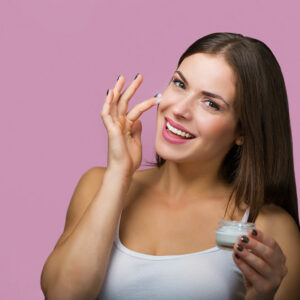
01
Avoid these 5 foods for a healthy skin
Eating right and exercising regularly are well-known contributors to a healthy body. However, you must realize that food choices are essential to get the healthy skin they desire. Do you know that certain food items that appear healthy can cause long-term damage to your skin? Consuming sugary treats and fatty oils can significantly impact your skin. Discover which food items from your meal plan need to be replaced with healthy alternatives. Five foods to avoid for healthier skin Excessively sugary drinks and snacks Excessive sugar intake can trigger inflammation, drying the skin and making it dull and wrinkled. The sugar molecules get attached to collagen and elastin fibers of the skin, breaking them down and decreasing elasticity. As a result, the skin no longer looks smooth or feels healthy. Not only does excessive sugar consumption cause premature skin aging, but it also results in skin diseases or conditions such as acne, eczema, and psoriasis. The body’s insulin levels increase the growth of bacteria when it digests excess sugars. It, in turn, can cause flare-ups of skin conditions and further damage the skin (dryness, itchiness, and darkening). Moreover, consuming large amounts of sweets (or overeating) leads to an unhealthy BMI, resulting in more wrinkles and saggy skin. You can keep your skin youthful by swapping sugary snacks with healthier binging alternatives, such as nuts, fruits, and seeds (quinoa or legumes). Refined oils (especially canola oil) The primary reason to avoid canola oil (or any refined oil) is excessive trans fats. Trans fats can cause inflammation and weaken your skin, affecting its structural integrity through loss of muscle tone, sagging skin, or causing aging signs (wrinkles, fine lines, etc.) Refined oils like canola oil are easily oxidized due to their high polyunsaturated fatty acid content. When fats are oxidized (due to exposure to heat, light, and oxygen), they form toxic compounds like aldehydes that can accumulate in the body, leading to inflammation and skin diseases like psoriasis.
Read More 










